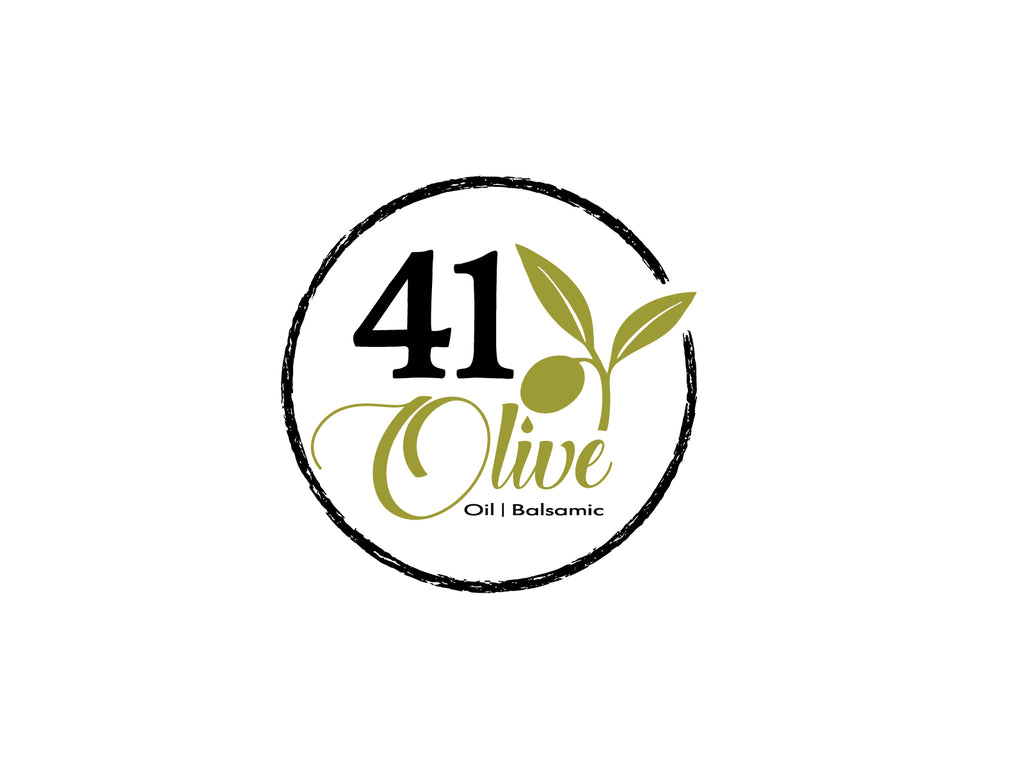Some Of The Right Ways To Use Traditional Balsamic Vinegar
Traditional Balsamic Vinegar is docile but also touchy. If you do not control it, you run the risk of destroying the dish. It is a curious fact that no precise dose can be assigned. The reason is that every batch of balsamic vinegar is highly individual such is its nature and such the desire of its makers.
Therefore, before using it, then taste a drop on the tip of a spoon and judge its own round flavor or its own cutting edge occasion by occasion. Once you have done this, you can decide whether to use it on a veal escalope or onto a nice fresh salad. Thus, its usage is not so much an application of a fixed formula as a use dictated by the particular qualities of that particular vinegar at that particular moment.
However, there are some principles or rather recommendations based on the centuries of older traditions in and around balsamic vinegar. The most important to these is that is should continue to follow the classical arrangement of salt, balsamic vinegar, oil.
The fact that this vinegar is very literally valuable has had the negative effect of its parsimonious use. In fact, a good rule of thumb is one teaspoon per person. Special cooking situations will need the special ability knowledge of the cook to determine the right amount.
When Traditional Balsamic Vinegar is used in the cooking process, it needs to be added before the dish is removed from the cooker so that it has just the ideal amount of time to flavor the food without sacrificing all of its aroma in the cooking procedure.
When the dish is to be"dressed" with balsamic vinegar, once the food is about the serving dishes, add the vinegar immediately before serving. There are just two ways of doing this: pour the vinegar on the serving dishes and then add the foodsprinkle the vinegar evenly within the food on the serving dishes.
Traditional Balsamic Vinegar will continue to mature over time and therefore will possess different taste characteristics at the various stages of this maturing process. When it is over 50 years old it will start to thicken and be overly aromatic. This is wonderful from a natural point of view but somewhat problematic from a culinary one. What to do? Continue to use it but as an after dinner liqueur.
Keep your Traditional Balsamic Vinegar in a glass container. Vinegar kept in a bottle needs no particular care: stopper it adequately (it does not have to be sealed) and keep it away from highly scented products.
Therefore, before using it, then taste a drop on the tip of a spoon and judge its own round flavor or its own cutting edge occasion by occasion. Once you have done this, you can decide whether to use it on a veal escalope or onto a nice fresh salad. Thus, its usage is not so much an application of a fixed formula as a use dictated by the particular qualities of that particular vinegar at that particular moment.
However, there are some principles or rather recommendations based on the centuries of older traditions in and around balsamic vinegar. The most important to these is that is should continue to follow the classical arrangement of salt, balsamic vinegar, oil.
The fact that this vinegar is very literally valuable has had the negative effect of its parsimonious use. In fact, a good rule of thumb is one teaspoon per person. Special cooking situations will need the special ability knowledge of the cook to determine the right amount.
When Traditional Balsamic Vinegar is used in the cooking process, it needs to be added before the dish is removed from the cooker so that it has just the ideal amount of time to flavor the food without sacrificing all of its aroma in the cooking procedure.
When the dish is to be"dressed" with balsamic vinegar, once the food is about the serving dishes, add the vinegar immediately before serving. There are just two ways of doing this: pour the vinegar on the serving dishes and then add the foodsprinkle the vinegar evenly within the food on the serving dishes.
Traditional Balsamic Vinegar will continue to mature over time and therefore will possess different taste characteristics at the various stages of this maturing process. When it is over 50 years old it will start to thicken and be overly aromatic. This is wonderful from a natural point of view but somewhat problematic from a culinary one. What to do? Continue to use it but as an after dinner liqueur.
Keep your Traditional Balsamic Vinegar in a glass container. Vinegar kept in a bottle needs no particular care: stopper it adequately (it does not have to be sealed) and keep it away from highly scented products.
